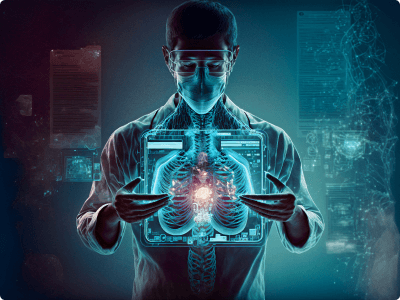Unsupervised Learning
Unsupervised learning is a type of ML where the model is given an unlabeled dataset and must identify patterns, structures, or relationships in the data without explicit guidance. Instead of learning from predefined outputs, the algorithm discovers hidden insights by grouping similar data points or reducing dimensionality.
One of the key advantages of unsupervised learning is its ability to process large and unstructured datasets, making it useful for exploratory data analysis and discovering trends that may not be immediately visible.
Unsupervised learning techniques are commonly divided into two categories:
Clustering: The model groups similar data points based on their characteristics. Examples include customer segmentation in marketing, fraud detection in banking, and genome analysis in biology.
Dimensionality Reduction: The model reduces the number of input variables while retaining essential information. Techniques like Principal Component Analysis (PCA) and t-SNE are used to visualize high-dimensional data and improve computational efficiency.
Popular unsupervised learning algorithms include k-means clustering, hierarchical clustering, DBSCAN, and autoencoders. This approach is widely used in recommendation systems, network security, text analysis, and medical imaging.




